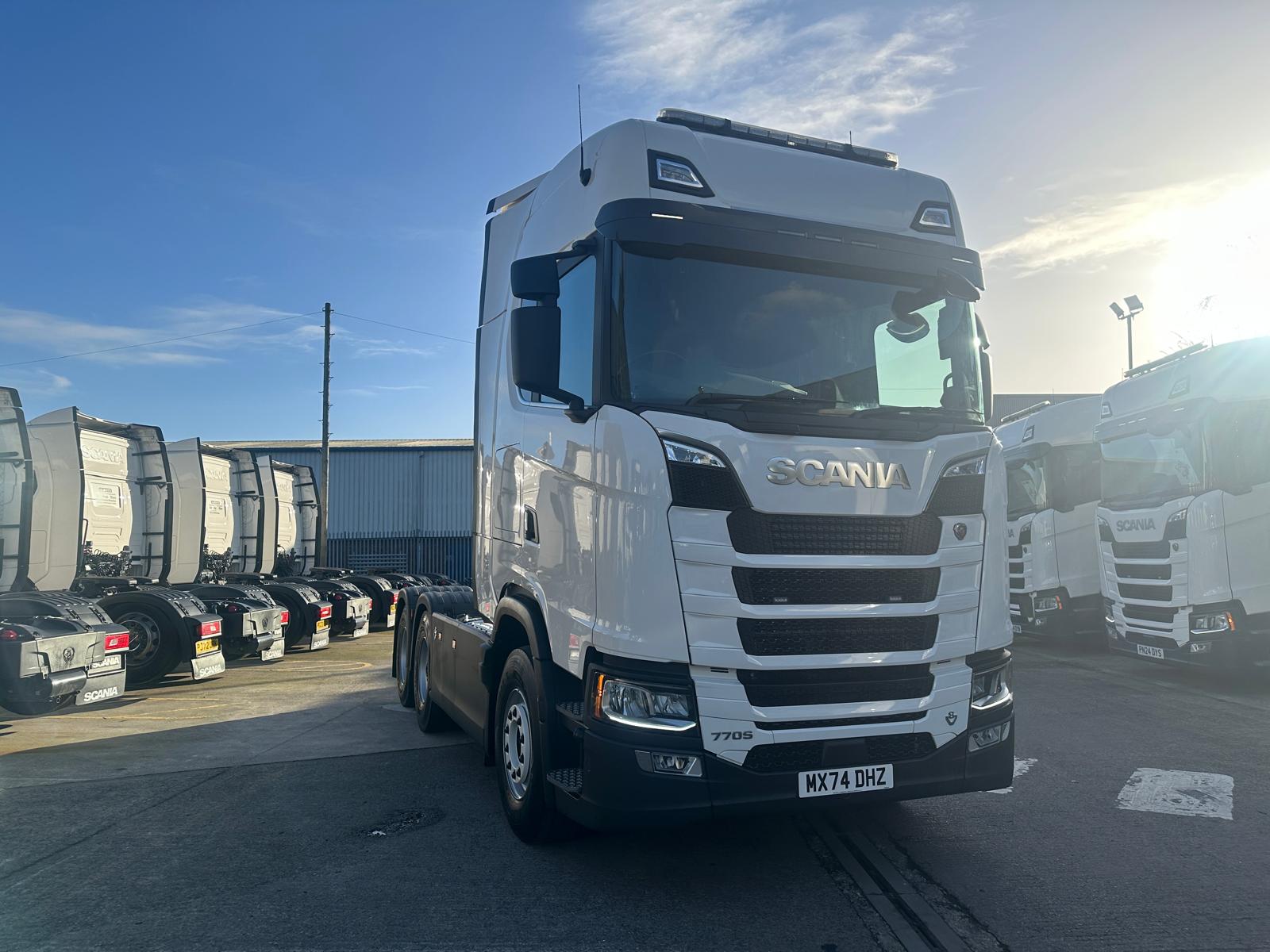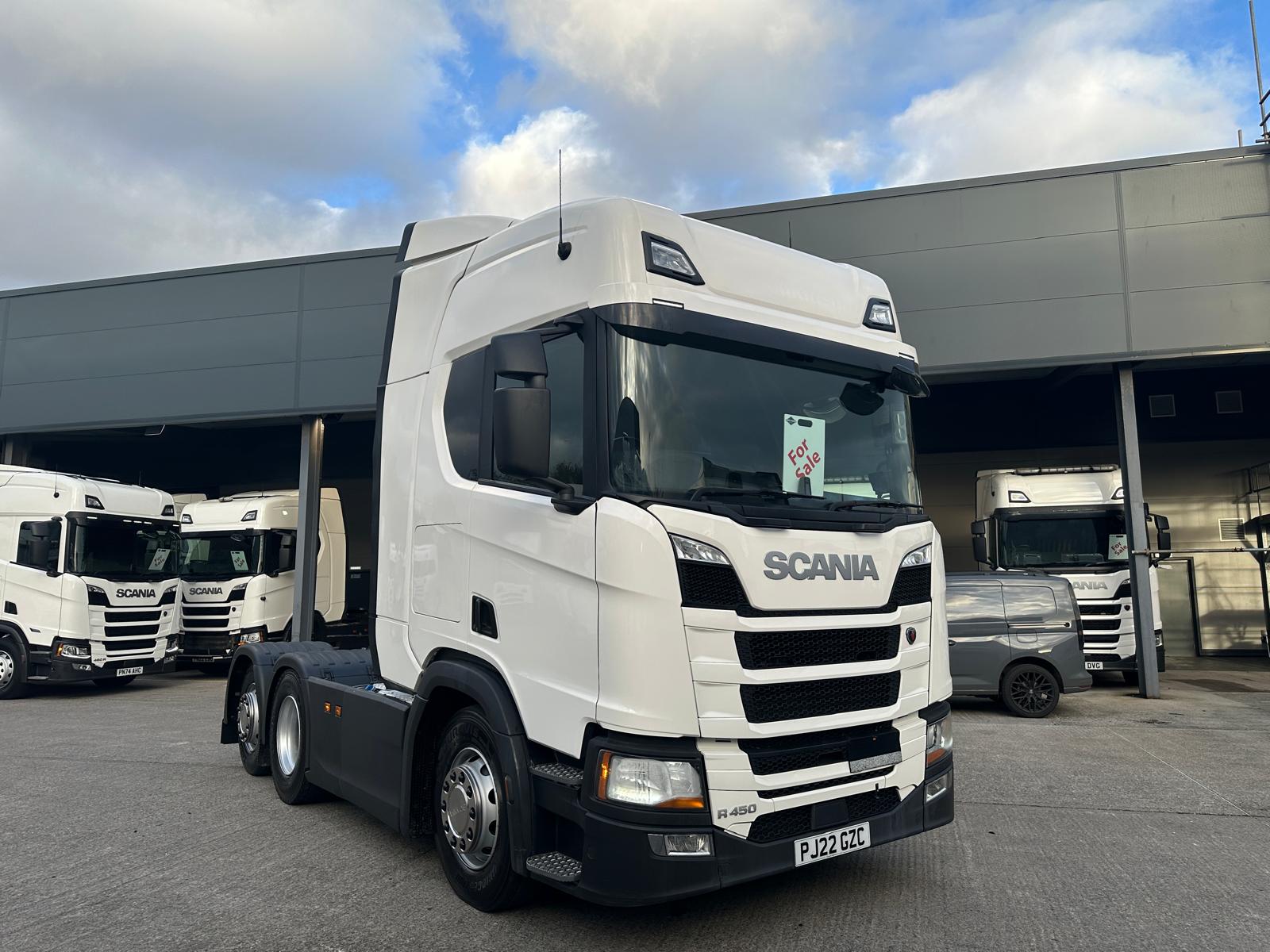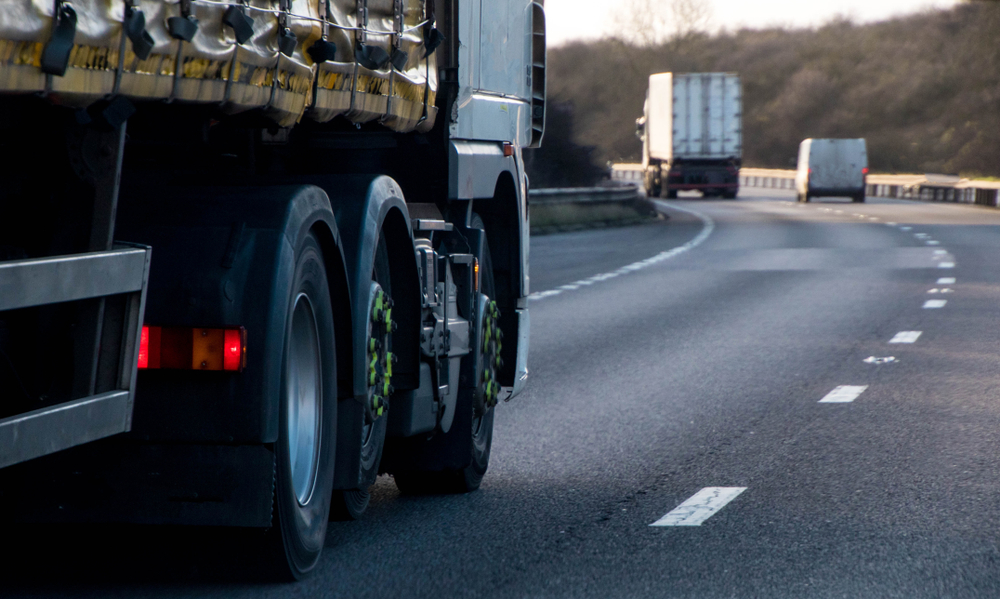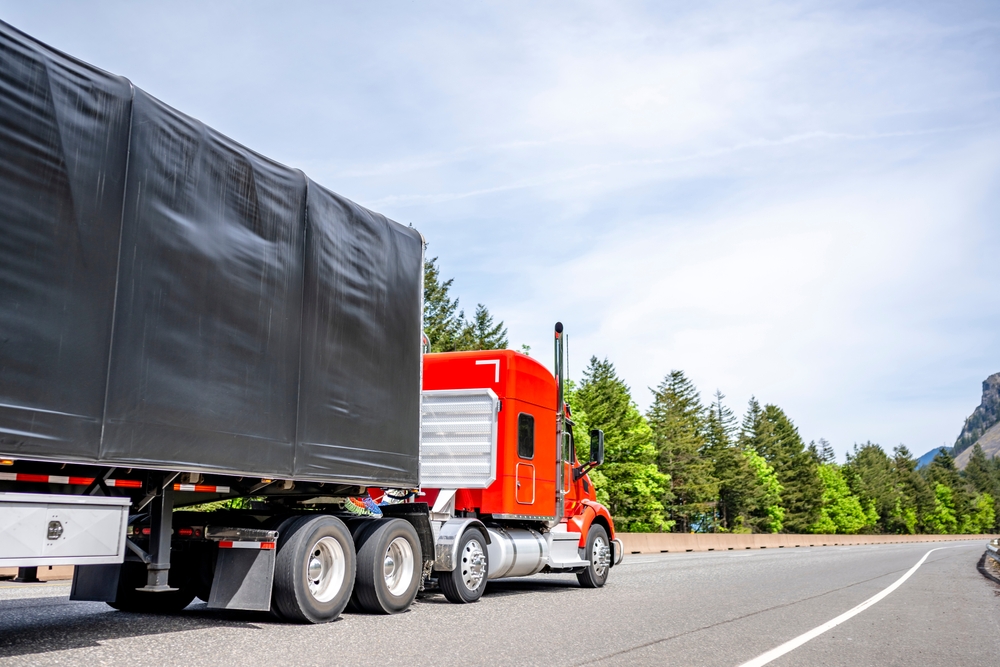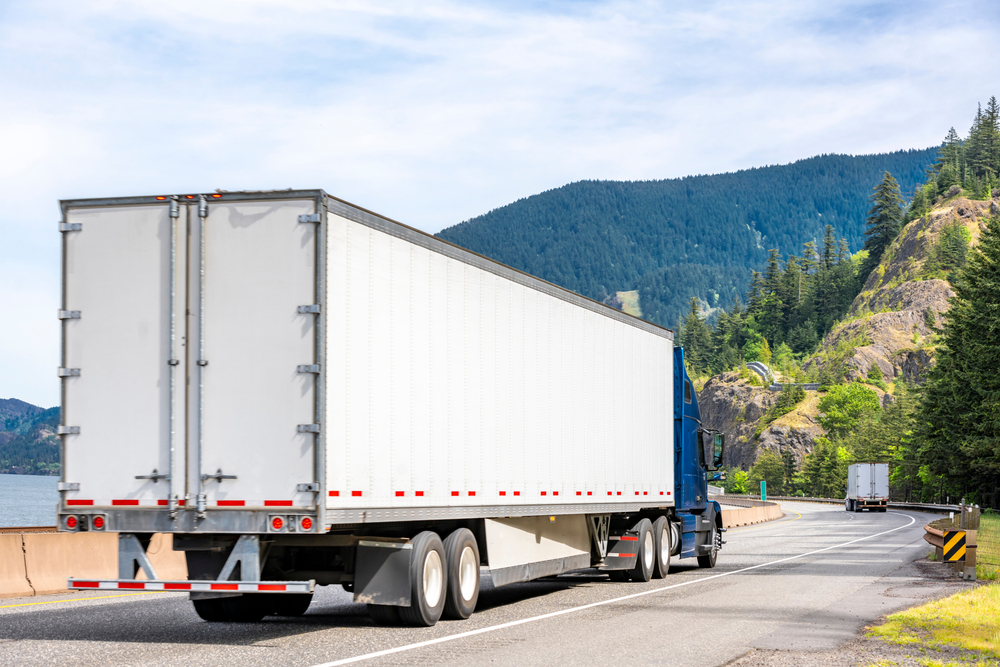Organising your truck fleet can be a constant logistical challenge impacted by budget and staff shortages, among other issues. But it’s during times of particular hardship that maintaining fleet safety should be of paramount importance. Offering fleet safety solutions for you to optimise how you work, this blog will delve into everything you need to know about the topic.
Searching for used trucks for sale that will instantly upgrade your fleet? At Smith Bros, we pride ourselves on offering exemplary used vehicles at fair and affordable prices. With decades of experience in the industry, we are a family-run business established way back in 1969, so we know a thing or two about how the truck industry operates.
Specialists in selling used trucks, we provide the very best brands in our collection, including exemplary lorries from Scania and top-quality HGVs from Mercedes-Benz. Selling everything from tractor units to the very best flatbed trucks, at Smith Bros, we cater to every kind of customer, no matter what kind of vehicle you’re looking to purchase.
But that’s enough about us, let’s explore how you can easily improve your fleet safety to save money and streamline your operations.
So, what is fleet safety?
Let’s start by addressing the basics: what exactly is fleet safety? Considered a key feature of fleet management, fleet safety is put in place to protect your drivers, vehicles and the general public from needless accidents. Having a direct impact on your company’s ability to operate efficiently, having a robust fleet safety strategy can help you to spend less and optimise how you work.
It is mandatory to abide by fleet safety standards, with measures such as daily fleet vehicle safety inspections being a requirement of the Vehicle and Operator Services Agency (VOSA). Flouting such requirements will put your drivers in danger of serious harm, potentially leading to lost revenue if vehicle repairs and legal fees need to be shelled out.
The biggest risks to fleet safety
Fleet management is no walk in the park, with the considerable responsibility coming with its own set of challenges that make planning for the future tricky. Some of the many risks to fleet safety include:
On-road accidents: Everything from driver fatigue to poorly optimised routes can cause on-road incidents. The outcomes of these accidents can vary dramatically, from legal issues to loss of revenue.
Truck maintenance: Vehicles that are consistently neglected of the necessary maintenance measures will be more likely to break down, potentially leading to safety issues for drivers.
Theft: Without the necessary security measures in place to keep the trucks and cargo safe, your fleet is susceptible to theft, resulting in safety issues and revenue loss.
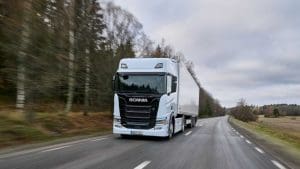
Six ways to improve the safety of your truck fleet
There are several different measures that you can put in place to optimise the safety of your fleet, with the following six best practices being just some ways you can bring about change.
- Thorough vehicle maintenance
One of the most effective and straightforward ways you can work to improve your fleet safety is by carrying out more thorough HGV maintenance inspections. By making sure your fleet is in optimal condition, you can help reduce the risk of mechanical failures and on-road accidents. Preventive maintenance is one of the best ways to achieve this, so that issues are halted well before they become serious and expensive to repair.
Routine inspections are also necessary to remain compliant with the Road Vehicles (Construction and Use) Regulations 1996 and (VOSA) guidelines, with the latter including tyre pressure, fluid, mirror checks and more. Maintenance records should be kept for each individual vehicle so that its health can be easily tracked and traced.
- Safety cameras and dashcams
Dashcams have surged in popularity in recent years, and for good reason too; these easy-to-install devices are becoming essential truck accessories for providing accountability for on-road mistakes. This footage can be crucial when fighting legal disputes and insurance claims, but it can also serve a purpose for training programmes, demonstrating to other drivers how problems should and shouldn’t be handled on the road.
Additional camera systems can come in varying types, too, including front-facing dashcams that can identify driver discipline on the road, interior cameras that may pick up incidents of dangerous practices, and 360-degree cameras that give drivers a comprehensive view of the road.
- Use telematics and other data
The use of dashcams isn’t the only way that technology can be used to your advantage. Telematics solutions can truly optimise how you work, using GPS to provide real-time monitoring of a fleet and the driving performance of the operator. Statistics can be extracted from practices, including improper cornering and harsh braking, which can then be collected to create a unique driver safety score, with this data being used to improve on-road safety practices.
A versatile technology, while telematics can provide targeted training to drivers, drilling down on specific points of improvement, its real-time monitoring system also allows operators to optimise routes and offers an extra layer of GPS security. In the event of an emergency, telematic software can immediately communicate the location of the vehicle to the relevant services.
–
- The importance of driver training
The most important person, regarding the safety and operation of any given vehicle, is the driver. So, providing adequate driver education should be considered of paramount importance. Such training programmes can use the data collected from telematics to tailor lessons, teaching everything from defensive driving techniques to accident response procedures to how many hours they should dedicate to working.
Helping drivers understand proper safety procedures will help to reduce the likelihood of a serious incident on the road and increase the chance that, if such an event were to occur, it would be dealt with appropriately. Fleet driving safety programs should be incorporated into a normal working schedule, covering everything from motorway etiquette to the safest places to sleep as a driver.
- Create a comprehensive safety-first culture
By fostering a safety-first culture, you can expect consistent welfare practices to be followed with proper safety compliance coming from the top down. This can be achieved with strong leadership where safety standards are taken seriously and are considered a constant day-to-day priority.
One of the most efficient ways to succeed in inspiring a safety-first culture is to create a fleet safety policy. This document should outline each and every one of your safety procedures and company expectations, covering everything from driver training to vehicle maintenance tips and reporting procedures. In creating this written document, you are providing clear guidelines that maintain consistency from one driver to the next.
Demonstrate your dedication to safety practices
You can demonstrate your company’s dedication to safety procedures by obtaining Fleet Operator Recognition Scheme (FORS) certification. While this programme is voluntary, the companies that have chosen to take part in the past have reported a 32% reduction in reported road incidents and a 49% reduction in penalty charge notices (PCNs). Providing certification when applying for insurance will also help to lower your premiums, saving you money in the long run.
In addition, you could also consider following the best practices set up by the CLOCS Standard if it’s relevant to your industry. This set of guidelines speaks specifically to the safety measures that should be undertaken in construction logistics. You cannot earn certification through the CLOCS Standard, though some companies require you to follow their guidelines in order to set up contractual work.
- Be proactive in your fleet safety approach
Being proactive in your response to fleet safety is one of the best ways to prevent accidents, save money and plan for the event of an incident. This involves putting in measures that anticipate potential risks and hazards to your fleet and drivers before they occur, especially when maintaining or preparing to buy a used truck. Proactive measures should then be put in place to mitigate these risks, using:
- Safety audits.
- Risk assessments.
- Telematics.
- Safety cameras and dashcams.
- Any of the other techniques listed from 1-5!
How you can reduce costs through fleet management
It can cost a lot to become an HGV owner-operator. But fleet management isn’t just essential for protecting the safety of your vehicles and drivers; it can also be instrumental in reducing your overall costs. After all, fleet management is all about streamlining your operations and creating a proactive safety-first working culture, with all these aspects working together to create something robust and economical. By adopting proper fleet management principles, you can reduce costs by:
- Minimising accidents – meaning lower insurance premiums.
- Not having to pay as regularly for fleet repairs.
- Streamlining operations – meaning less downtime for your fleet, fewer disruptions and more money in your back pocket.
- Reducing fuel consumption, with drivers more wary of fuel-efficient driving techniques and vehicle maintenance best practices.
Need help improving fleet safety? Contact Smith Bros
Still have some questions about fleet safety that you need answering? Contact Smith Bros today and we can help you take the first steps to optimise your fleet. From helping you install safety cameras and telematics devices to advising how you can best begin to adopt a proactive approach to fleet safety, at Smith Bros, we are here to support you however we can.
Including Scania and Mercedes-Benz models, we also stock exemplary DAF trucks and high-quality Volvo lorries for reasonable prices, allowing you to easily optimise the performance of your fleet. No matter what kind of vehicle you’re after, from the very best crane trucks to specialist tippers, our collection offers the whole range, and if you can’t find what you’re after, we’ll even go out of our way to source the truck for you from our network of suppliers.
If you’ve already optimised your fleet but want a way to make your trucks look professional and uniform, you’ll be pleased to know that we also offer a painting and wrapping service where we can display your company name and colours on your trucks. Or, if you really want your trucks to stand out, you could opt for one of our completely custom jobs for a vehicle that is truly and uniquely yours.
No matter if you want to sell your truck or browse the very best used lorries for sale on the market, at Smith Bros, you can optimise your fleet management from top to bottom.
FAQ
What are the benefits of fleet safety?
By properly implementing and managing fleet safety procedures, you can protect your drivers and vehicles from unnecessary incidents, saving you money by preventing costly insurance payouts and repair bills. Optimising how your company operates, a robust fleet safety programme streamlines your business and ensures that everyone is proactive in prioritising welfare above all.
What does ‘fleet safety certified’ mean?
For your company to be fleet safety certified, this means that you have adhered to the practice of high safety standards set out by an external organisation. Having a piece of certification isn’t a legal requirement, but it does show that your company is dedicated to being proactive when upholding fleet safety standards.
How to get fleet safety certified?
You can get fleet safety certified by carrying out relevant courses from the likes of the Fleet Operator Recognition Scheme and the Royal Society for the Prevention of Accidents (RoSPA). In addition, there are a number of other companies that offer online courses and resources, like the Fleet Safety Academy, that aim to optimise your fleet safety management.
How telematics improves safety for your fleet
Telematics allows you to understand the driving performance of the operator behind the wheel of a truck. They can be used to improve fleet safety by monitoring bad driving techniques, creating a driver safety score and feeding this information back to the operator so that specific areas of improvement can be communicated. Telematics also allows you to easily track your fleet using GPS, meaning you can act safely in emergency situations.
